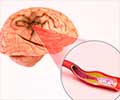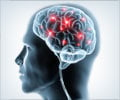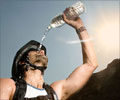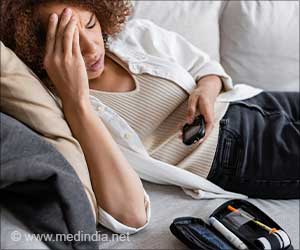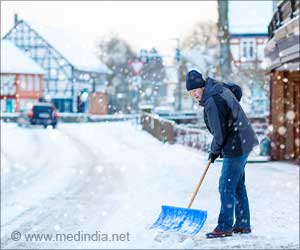- Stroke Information Page - (http://www.ninds.nih.gov/disorders/stroke/preventing_stroke.htm)
- Feigin VL (2005). "Stroke epidemiology in the developing world".Gorelick PB (1987).
- "Alcohol and stroke". Stroke; a Journal of Cerebral Circulation
About
A stroke can have a devastating effect on a person. It attacks not just the old but the younger generation is at risk too now-a-days. A study by the World Health Organization (WHO), released in June, stated that the incidence of stroke in India is around 130 per 100,000 people every year.
Stroke is a "brain attack", which occurs when the blood supply to the brain is interrupted. The blood flow to the brain cell decreases resulting in lack of oxygen and nutrient supply. This causes necrosis and death of brain cells.
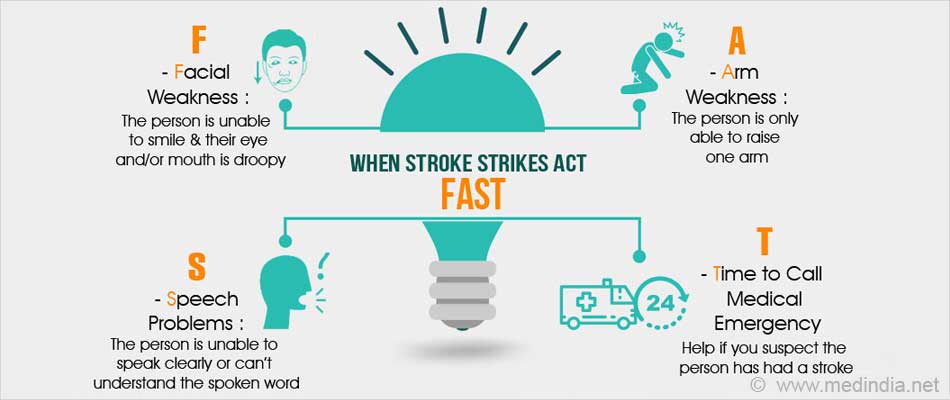
This type of stroke caused by the blockage of blood vessel in the brain or neck is called an ischemic stroke and is the most frequent cause of stroke. The blockage of blood vessel may be caused by the formation of a clot within the blood vessel. As this clot moves from one part of the body to another (such as heart or neck or brain), it causes blockage of blood flow in that region. Blocking of a blood vessel might also be caused due to severe narrowing in the brain region which can result in stroke. The part of the brain which gets affected as a result of stroke causes paralysis of the part of the body controlled by that section of the brain. This results in impairment of language, motor skills or cause paralysis.
Stroke can affect individuals of all age groups. But adults above the age of 45 are at high risk of transient ischemic attack. According to the World Health Organization, 15 million people across the world suffer from stroke ever year, of which 5 million die and 5 million are permanently disabled.
- Every two seconds, someone in the world suffers a stroke.
- Every six seconds, someone dies of a stroke.
- Every six seconds, someone’s quality of life will forever be changed – they will permanently be physically disabled due to stroke.
But as per research, 80 percent of the stroke cases are preventable. Need of the hour is to spread awareness about risk factors and maintaining a healthy lifestyle.
A stroke is an emergency!
If caught on time, strokes can be treated and at times reversed. There is a very short period of time, called the “Golden Hour” within which if a person receives medical treatment, there is a scope to reverse stroke. Stroke injures the brain. As a result a bystander may not realize that someone is suffering from a stroke attack. Stroke victims have the best chance of recovery if someone recognizes the signs and acts quickly. Stroke is a medical emergency in which every minute counts. The longer the blood flow is cut off to the brain, the greater the damage.
First Aid: If you suspect a person has had a stroke, use the FAST (Face-Arm-Speech-Test) guide:
F – Facial weakness: the person is unable to smile and their eye and/or mouth is droopy
A – Arm weakness: the person is only able to raise one arm
S – Speech problems: the person is unable to speak clearly or can’t understand the spoken word
T – Call medical emergency help if you suspect the person has had a stroke

